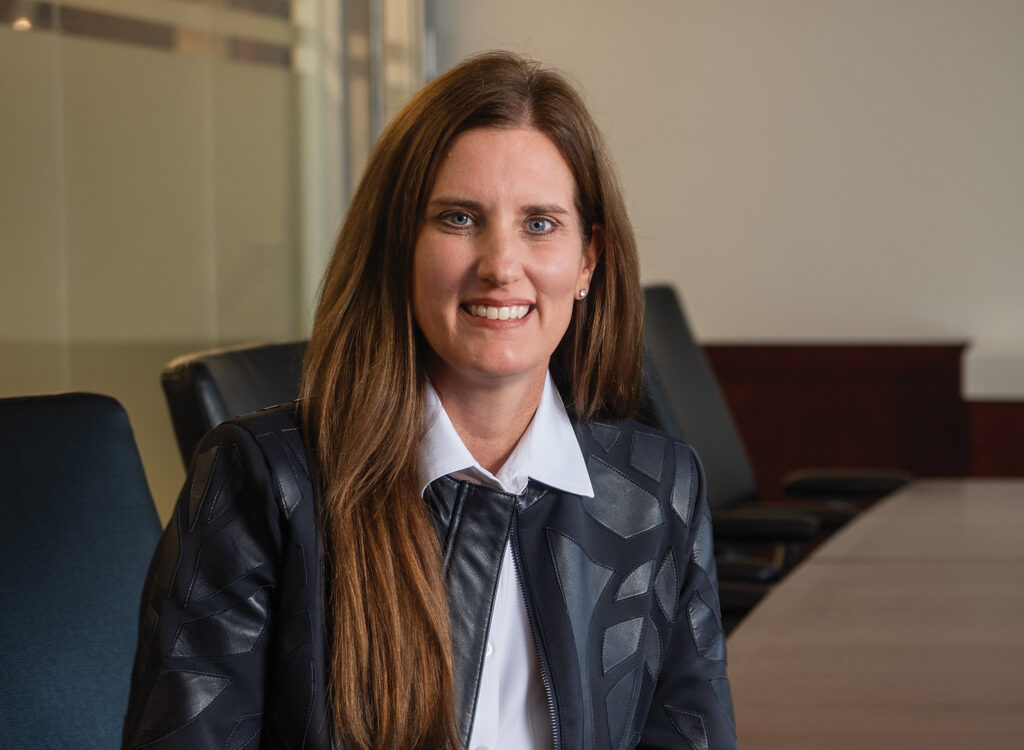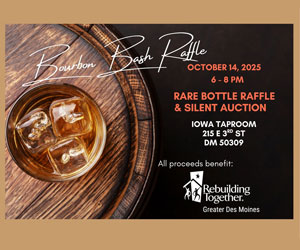NOTEBOOK: The story behind how Sears came to be a tenant in Merle Hay Mall

KATHY A. BOLTEN Oct 2, 2019 | 3:28 pm
3 min read time
645 wordsAll Latest News, Business Record Insider, Real Estate and Development, Retail and Business, The Insider Notebook
Holland’s grandfather, Joseph Abbell with others, developed Merle Hay Mall. Holland, during a Q&A, explained how the mall came to be:
“My grandfather and his brother [Maxwell] had spent the Depression as an accountant and an attorney syndicating real estate limited partnerships. By 1941 they thought they could [get into the business themselves] so they started buying office buildings in the city of Chicago, and Sears was one of their office users.
“After [World War II], Sears said to them, ‘So there’s a thing called a shopping center. We’re not sure it has legs. … The deal is, you build a shopping center on one side of the road, Joe, and we’ll build a Sears store on the other side of the road … and we’ll see how it goes.’
“And they did that all over the Midwest.”
Around 1957, the Passionist monks who lived at St. Gabriel’s Monastery that was located at Douglas Avenue and Merle Hay Road decided to sell the monastery because of encroaching development, said Holland (pictured). Her grandfather, who had developed shopping centers in other states, bought the land from the monks with the plan to build what he originally was going to call Northland Shopping Center.
According to CentralMalls.com, in a 1994 interview, Abbell said that he chose the site because of Des Moines’ “reputation as a model urban area in middle America.”
The retail center was originally planned as a strip mall before it was redesigned as an open-air plaza with two department store anchors and four buildings around a common area, according to CentralMalls.com.
Younkers was the first anchor. (It was Younkers officials who coaxed Abbell to change the center’s name to Merle Hay, to honor the first Iowan killed in World War I.)
Sears became the second anchor, Holland said. “By 1959, Sears said, ‘We think the shopping center thing has legs, so we’ll be part of a retail plaza.’
“Merle Hay Mall was the first iteration of Sears acknowledging that they would part of a shopping center,” she said.
Holland didn’t always work for the company her grandfather started. For several years, she had worked for the federal government and had planned to go to New York “to capitalize on the value of my government experience,” she said.
But around 1997, her grandfather called.
“He said, ‘I’m 87 and I’m ready to only come to work three days a week and you need to move back to Chicago and take over the business,’” Holland said. “This had never been discussed, not even obliquely, as a family. It really wasn’t a question, it was a draft and my number was one.”
Holland packed her bags and moved back to Chicago, working for her grandfather for two years before his death in January 2000.
She remembers asking him why he didn’t build Merle Hay Mall about a mile north next to Interstate Highway 80, which was under construction between 1958 and late 1959.
“He said to me, ‘Elizabeth, U.S. 6 was the interstate,’” she recalled.
Holland said her grandfather has been a “great leader” to her even though she only worked with him two of the 22 years she’s been with Abbell Associates.
“What he saw in the values of the locations he picked was ‘How do you meet the needs of the people that are going to live there,’” she said. “Our ability to redevelop the assets he developed 60-plus years ago has really been driven by ‘It’s still a good location.’
“I’m very lucky to still be able to make investments in places where many developments of that era have gone by the wayside because of the location he put them in.
“He was very much a visionary.”









